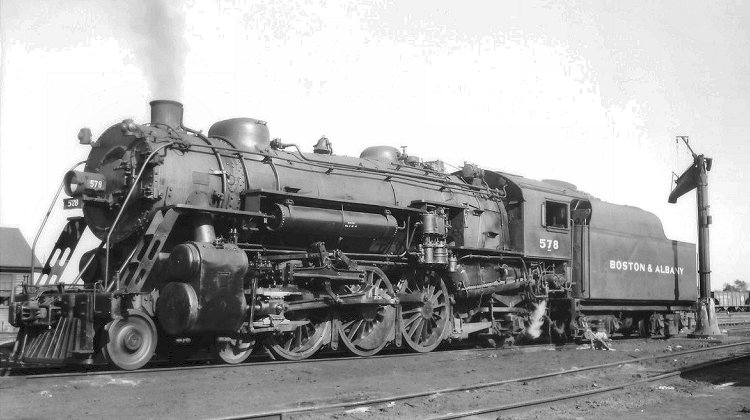It appers to me from the image illustrating an earlier post in the thread that "Engravers MT" may NOT be the typeface you are looking for. Fonts are grouped in families, and a family will have a variety of styles of the font. In the case of Engravers MT, these include
The font is definitely in the Engravers family, and "Engravers Roman" are different typefaces. Also note that the illustrations provided by the original poster, and that I say when I did an image search on line seem to show that the lettering on the side of the locomotive tender appears to be "Engravers MT Bold", which although in the same family is a different typeface, and it is different than using the algorithm based "bold" that one finds in a font manager on your computer. In the computer, the you can make any font "bold" (or italic, or bold italic) by clicking a button, and this is a often a close match. But a very close examination (by which I mean you're measuring widths of parts of the character with a micrometer) will show that, while the generated "bold" looks similar, sometime very close, applying a "bold" modifier to Engravers MT is not exactly the same as using the native Engraver MT Bold.
Slight amendment to John's post: Railroad stencils were not out of cardboard. These stencils were used hundreds, if not thousands, of times, and cardboard just would not have been durable enough to use. The ones I saw on the Rock Island were thin steel on durable steel frames, sometimes designed to be placed over a rib on the car side and likely weighed 200 pounds each, with one stencil containing a single character. The individual stencils had a registering mechanisms, which when used correctly insured proper spacing and alignment on the piece of equipment being lettered.
I'm not sure if it's still on the Union Tank Car website (
www.utlx.com) or not, but there used to be a video showing the steps in producing a tank car. One of the steps was applying the lettering to the car, and the video showed that this is not longer done with paint and stencils, but that the lettering on equipment now is almost all applied with adhesive backed transfers, just like modelers have been doing for years. I can vouch that these are often applied by hand, too, as I have seen the occasional piece of equipment where the person or persons who applied the transfer did not get the alignment or spacing just right. It's usually not obvious, and usually only is noticed upon very close examination, but a letter might be a half or a degree off plumb, or a fraction of an inch too far one way or another. Or, sometimes, they ran out of the correct numeral, and applied one that was close, but not exact..



